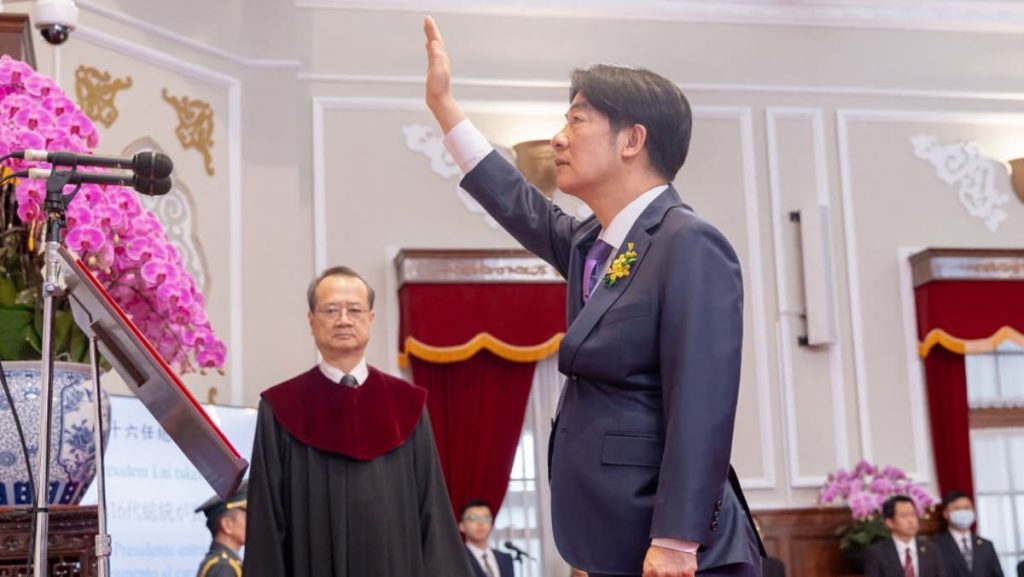Taipei, lacking diplomatic recognition on the world stage, operates with its own government, military, and currency, and asserts a distinct Taiwanese identity separate from China. New Taiwanese President, Lai, is expected to follow in his predecessor’s footsteps by increasing defence spending and strengthening ties, particularly with the US, Taiwan’s key ally and weapons supplier. Despite Lai’s overtures to resume high-level communications with China, experts believe these attempts are likely to be rebuffed, as Beijing continues to emphasize its opposition to Taiwanese independence and peace in the strait.
China faces a delicate balancing act in its approach to Taiwan, as it seeks to deter Taiwan from declaring independence while also attempting to reach out to opposition parties like the Kuomintang (KMT). The RAND Corporation’s Kuo notes that China aims to undermine the political stature of the ruling Democratic Progressive Party (DPP) by using a combination of carrot and stick approaches. This delicate dance highlights the complexity of China’s relationship with Taiwan and its efforts to maintain influence over the island while also engaging with various political factions.
Lai’s presidency is also marked by domestic challenges, as his DPP lost its parliamentary majority in the January election, potentially hindering his ability to implement his policies. Lawmakers have engaged in heated conflicts over parliamentary reforms, with physical altercations and intense disputes occurring during discussions. These domestic tensions underscore the broader political divisions within Taiwan and the challenges facing Lai as he seeks to navigate both internal and external pressures.
As Lai seeks to navigate Taiwan’s complex political landscape, he faces the dual challenges of managing relations with China and addressing domestic political divisions. With China’s firm stance on Taiwan independence and the ongoing power struggles within Taiwan’s political arena, Lai must carefully navigate these competing pressures while striving to advance his policy agenda. The outcome of these dynamics will not only shape Taiwan’s future but also have broader implications for regional stability and the geopolitical balance in East Asia.
Overall, Lai’s presidency heralds a period of heightened tensions and uncertainty in cross-strait relations, as both Taiwan and China seek to advance their respective interests while navigating a complex web of political, security, and economic considerations. As Lai works to strengthen Taiwan’s defence capabilities and forge stronger ties with key allies like the US, the region is likely to experience increased volatility and strategic competition. The coming months and years will be critical in determining the future trajectory of cross-strait relations and the broader geopolitical landscape in East Asia.


